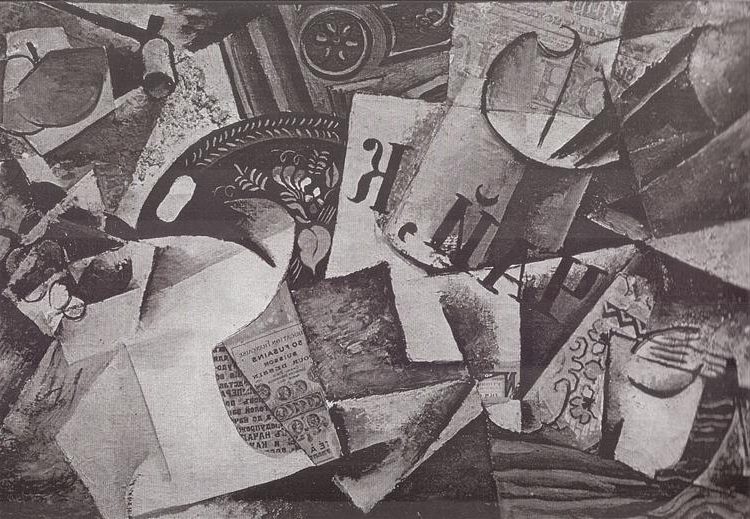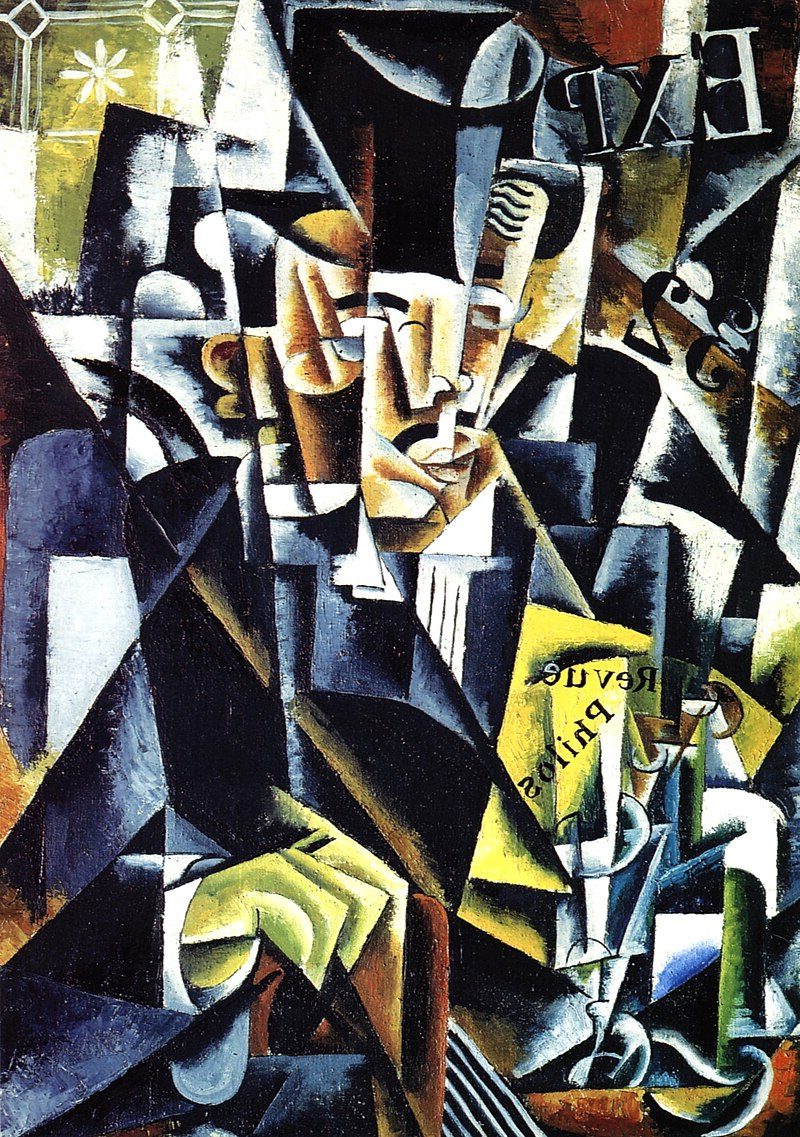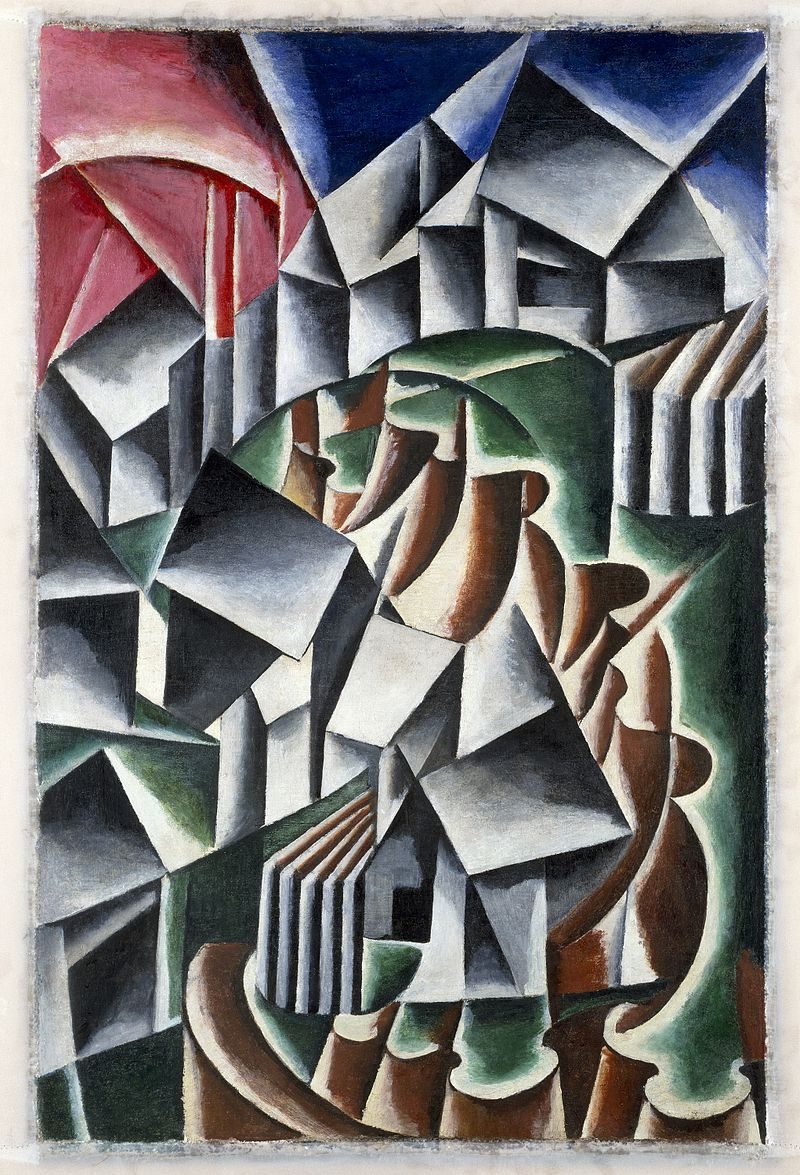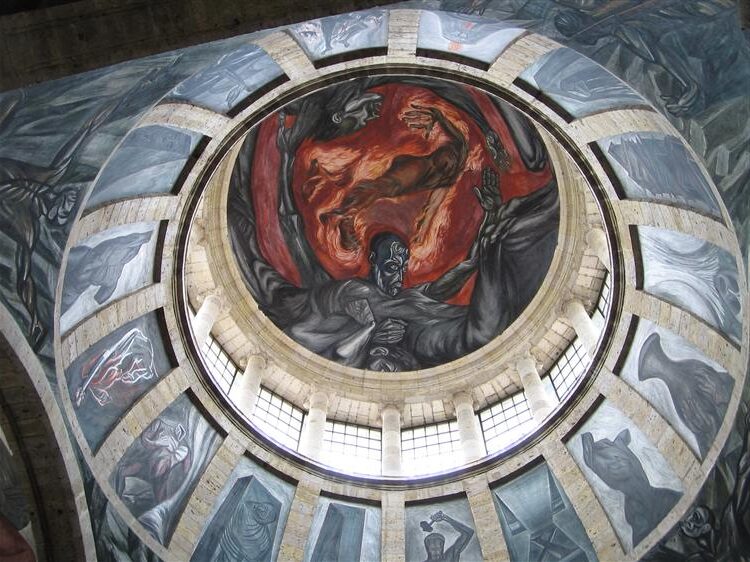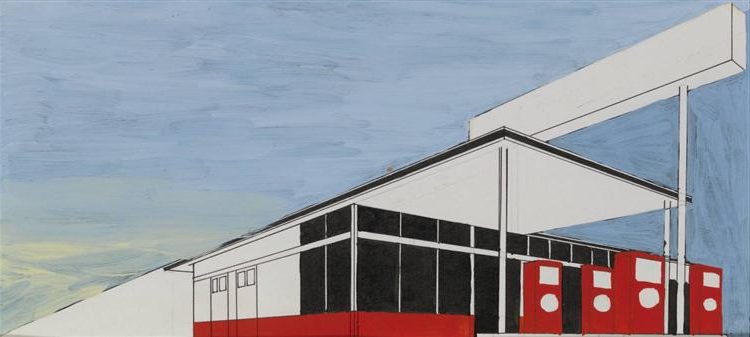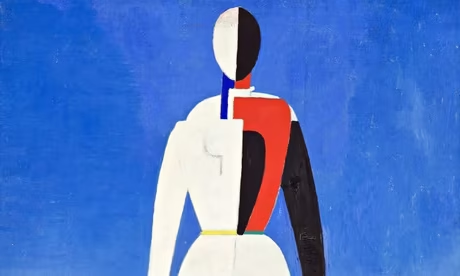Lyubov Popova: Painter and Pioneer of Russian Avant-Garde Art
Born: April 24, 1889, Ivanovskoe, Moscow Governorate, Russian Empire
Death: May 25, 1924, Moscow, Soviet Union
Art Movement: Suprematism and Constructivism
Nationality: Russian
Influenced By: Fernand Léger
Teacher: Henri Le Fauconnier and Jean Metzinger
Lyubov Popova: Painter and Pioneer of Russian Avant-Garde Art
Early Life and Education
Lyubov Sergeevna Popova was born into a wealthy family in Ivanovskoe, near Moscow, on April 24, 1889. Her early years were marked by exposure to art and culture, setting the stage for her future career as an influential avant-garde artist.
Formative Years in Russia
Popova’s father, Sergei Maximovich Popov, was a textile merchant and art patron. Her mother, Lyubov Vasilievna Zubova, supported her artistic pursuits.
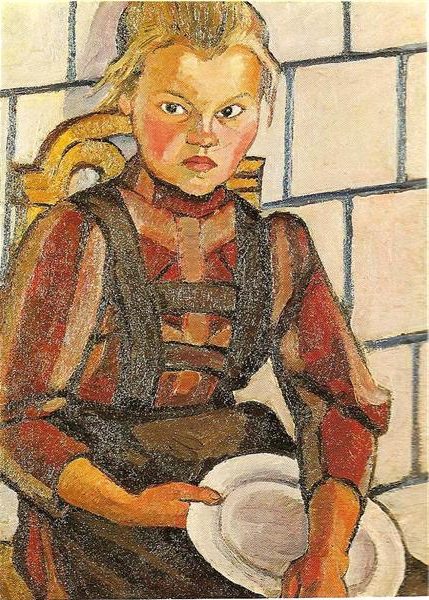

As a child, Popova studied at Yaltinskaia’s Women’s Gymnasium and later Arseneva’s Gymnasium in Moscow.
She took formal art lessons and traveled to ancient Russian cities like Kiev, Pskov, and Novgorod. These trips exposed her to traditional Russian art forms, including icons.
Popova also visited St. Petersburg, where she encountered European art in museums.
European Influences and Training
In 1912, Popova traveled to Paris to expand her artistic education. She studied at the Académie de la Palette under Cubist painters Henri Le Fauconnier and Jean Metzinger. This experience greatly influenced her style.
Popova also spent time in Italy, where she studied Renaissance painting. In Paris, she met other Russian artists like Alexander Archipenko and Ossip Zadkine.
The work of Fernand Léger, with its geometric forms, made a strong impression on her. These European experiences shaped Popova’s unique artistic vision, blending Russian and Western influences.
Artistic Career and Development
Lyubov Popova’s artistic journey spanned several influential movements in early 20th century art. She evolved from Impressionism to Cubo-Futurism, then Suprematism, and finally Constructivism, leaving a lasting impact on the Russian avant-garde.
From Impressionism to Cubo-Futurism
Popova began her artistic training with Impressionist painters Stanislav Zhukovsky and Konstantin Yuon. She soon moved beyond this style, traveling to Italy and France in 1910-1911. There, she studied ancient art and the Renaissance masters, particularly Giotto.
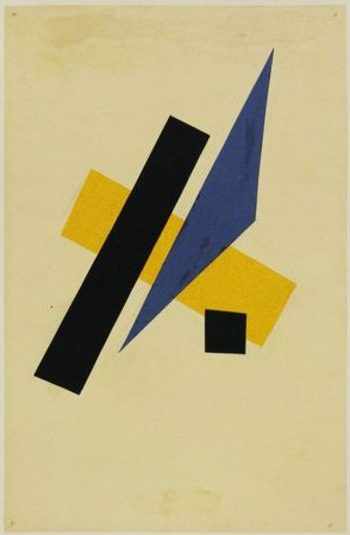
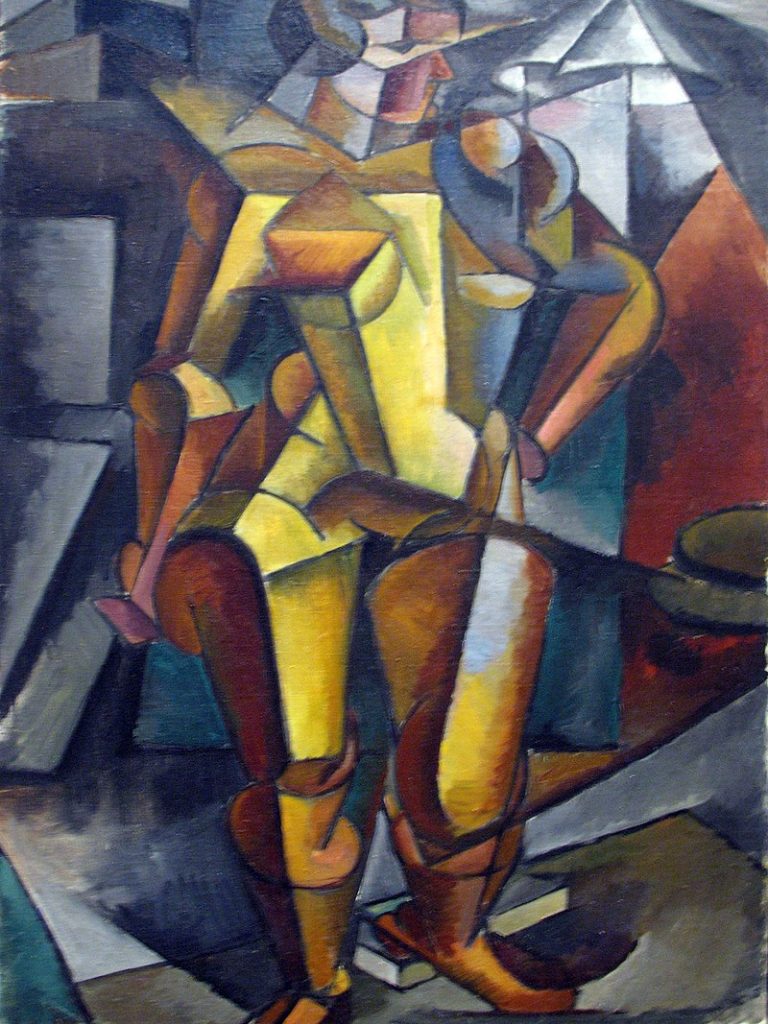
In Paris, Popova encountered Cubism. This exposure greatly influenced her work. She began to blend Cubist techniques with Futurist ideas of movement and energy.
By 1912-1914, Popova had developed a distinct Cubo-Futurist style. Her paintings from this period show fragmented forms and dynamic compositions. She used bold colors and geometric shapes to create a sense of motion and energy.
Suprematism and Painterly Architectonic
In 1916, Popova joined Kazimir Malevich’s Supremus group. Suprematism focused on basic geometric forms and a limited color palette. Popova embraced these ideas but added her own twist.
She developed a style called “Painterly Architectonics.” These works featured overlapping planes of color and line. They created a sense of space and movement within the flat canvas.
Popova’s Suprematist works were more dynamic than Malevich’s. She used diagonal lines and vibrant colors to suggest energy and motion. Her paintings from this period are considered some of her most innovative and influential.
Constructivism and Later Work
After the Russian Revolution in 1917, Popova became involved in Constructivism. This movement aimed to create art that served a social purpose. She shifted her focus from painting to more practical forms of art.
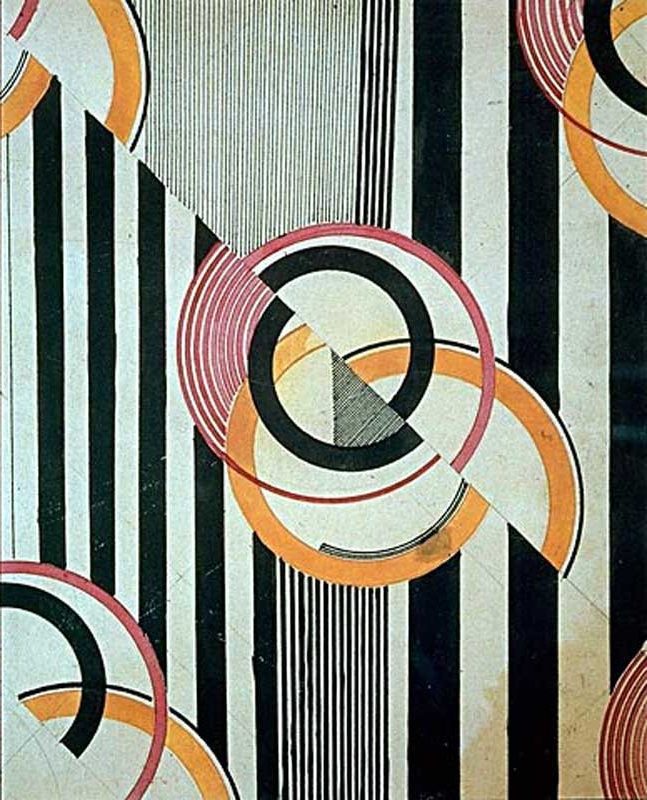

Popova designed textiles, clothing, and theater sets. She believed these could have a direct impact on everyday life. Her designs featured bold geometric patterns and primary colors.
In 1921, Popova joined the Institute of Artistic Culture (INKhUK). Here, she worked alongside other avant-garde artists like Varvara Stepanova. They explored new ideas about art’s role in society.
Popova continued to push boundaries until her untimely death in 1924. Her later work combined abstract forms with utilitarian design, leaving a lasting legacy in Russian art.
Impact and Legacy
Lyubov Popova’s work greatly shaped modern art and design. Her innovative approaches continue to influence artists and exhibitions worldwide.
Contributions to Modern Art
Popova’s art blended Cubism, Suprematism, and Constructivism in unique ways. She created bold geometric paintings with vivid colors that pushed abstract art forward. Her “Composition with Figures” and “The Violin” showcased her skill in merging different styles.
Popova also made big strides in textile and book design. After the Russian Revolution, she applied her artistic vision to everyday items. This work as an “artist-constructor” helped bridge fine art and applied arts.
Her designs for fabrics and clothing brought abstract art to daily life. These creations influenced fashion and industrial design for years to come.
Recognition and Exhibitions
Major museums now display Popova’s work. The Museum of Modern Art in New York and the Solomon R. Guggenheim Museum have featured her art. These shows have helped more people learn about her impact.
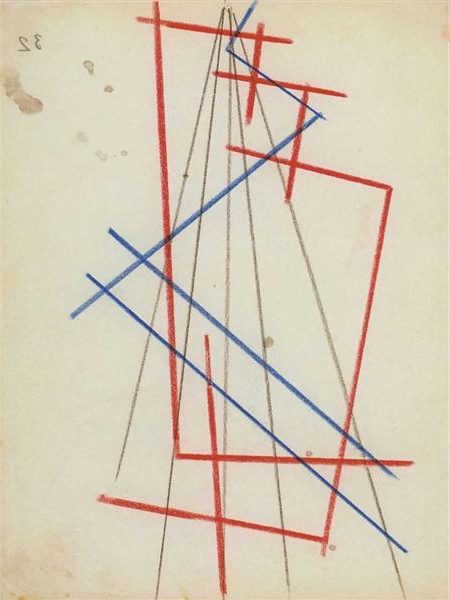
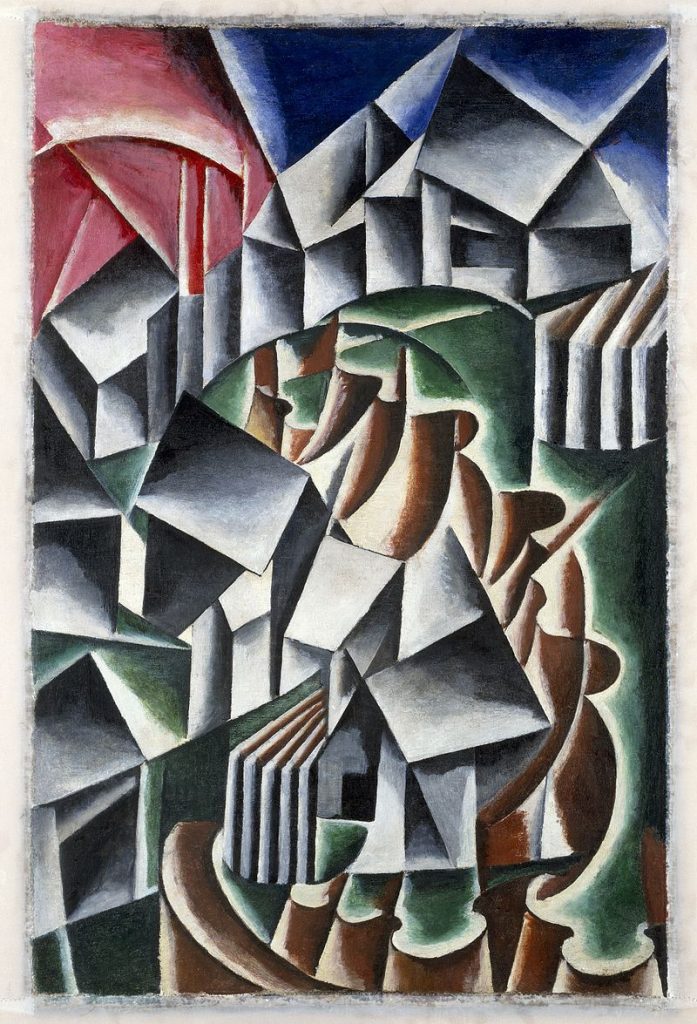
Popova’s paintings appear in exhibits on Russian avant-garde art. Her work is often shown alongside other important artists like Alexandra Ekster and Olga Rozanova.
In Russia, her art is celebrated as part of the country’s cultural heritage. Exhibitions there highlight her role in the artistic movements of the early 20th century.
Frequently Asked Questions
Lyubov Popova made major contributions to several key art movements in the early 20th century. Her work evolved through distinct phases and was shaped by various influences.
What artistic movements did Lyubov Popova contribute to?
Popova was a key figure in Russian avant-garde art. She contributed to Cubo-Futurism, blending elements of Cubism and Futurism.
Later, her work showed strong influences of Suprematism and Constructivism. These movements focused on geometric abstraction and functional design.
Can you describe the key characteristics of Popova’s Constructivist work?
Popova’s Constructivist art featured bold geometric shapes and lines. She used simple forms and primary colors in dynamic compositions.
Her work often had a sense of movement and rhythm. She applied these principles to paintings, textile designs, and stage sets.
What is the significance of Lyubov Popova’s art in the context of Russian avant-garde?
Popova was one of the leading artists in the Russian avant-garde movement. She helped push art toward abstraction and new forms of expression.
Her work bridged painting and design, influencing both fine art and applied arts. Popova’s ideas about art’s role in society aligned with revolutionary ideals.
Could you outline the major phases in Popova’s artistic career?
Popova’s career began with more traditional figurative painting. She then moved into Cubo-Futurism, creating fragmented, dynamic compositions.
Her next phase explored Suprematist ideas of pure abstraction. Finally, she embraced Constructivism, applying her art to practical design work.
What influences shaped Lyubov Popova’s development as an artist?
Popova was influenced by her travels in Italy and France. She studied ancient art and Renaissance painting.
Modern art movements like Cubism and Futurism also shaped her style. Russian folk art and icon painting inspired some of her work too.
How did Lyubov Popova’s work evolve after the Russian Revolution?
After the revolution, Popova’s art became more aligned with Constructivist ideals. She focused on creating art for everyday life.
Popova designed textiles, clothing, and theater sets. She believed art should serve a social purpose in the new communist society.

